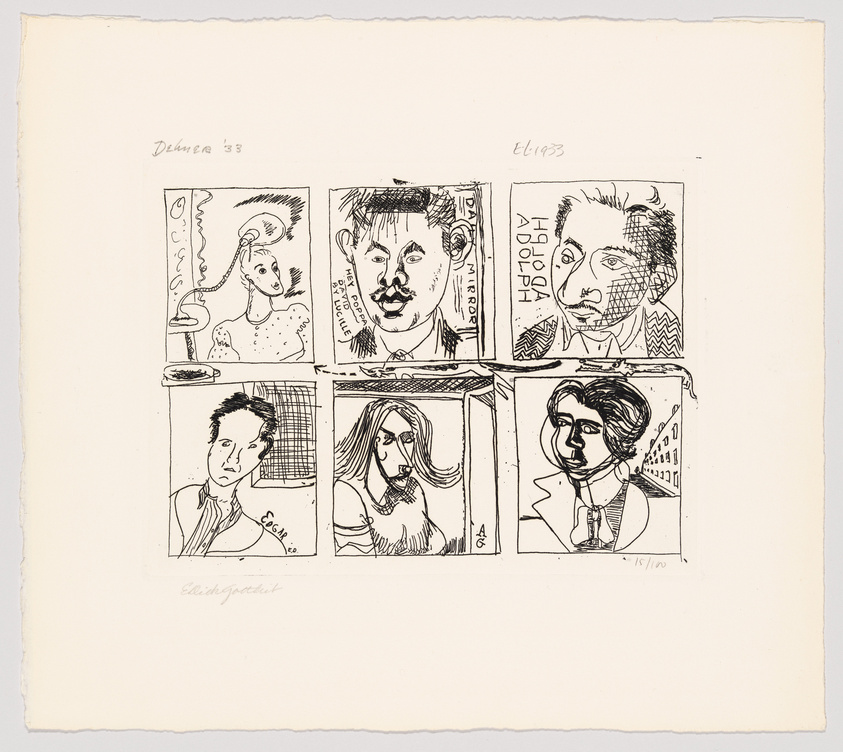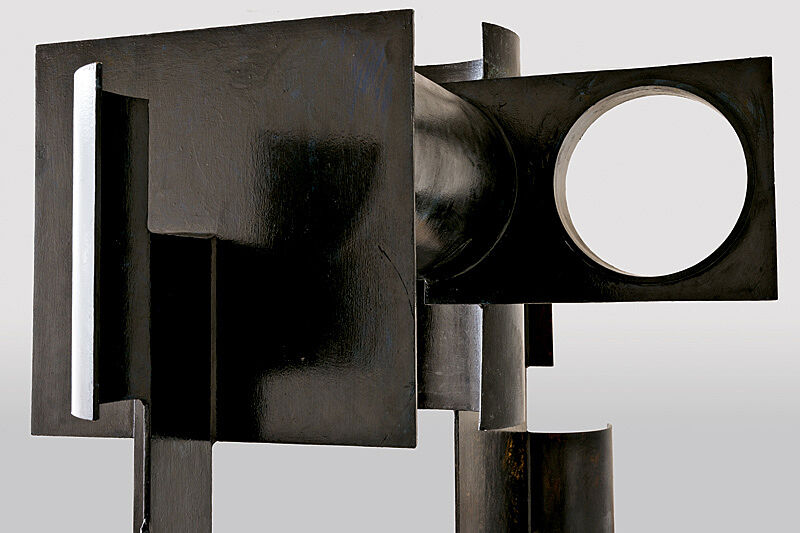David Smith, Big Diamond, 1952
Oct 5, 2011
0:00
David Smith, Big Diamond, 1952
0:00
Peter Stevens: The painting in this sculpture really evokes a history and a tradition of paintings, geometric abstract paintings.
Narrator: Peter Stevens.
Peter Stevens: Smith has created from a kind of frontal view a shallow relief of a very painterly object that becomes as an image a free‑floating painting. He uses the diamond by painting it in the yellow, the red, and white, a kind of ambivalent sense of three dimensionality. The white and yellow become a flattened‑out diamond. The red becomes a shape in and of itself, and the volume of that form is something that you really can't see all at once.
Narrator: In a 1964 interview with the poet and curator Frank O’Hara, Smith tied the relationship between painting and sculpture back to the early twentieth century.
David Smith: My knowledge of art started with Cubism. And in the very great days of Cubism, of early Cubism, there was no difference in the concept between the sculptural form and the painting of it. They were about equal. You know, it wasn’t painted sculpture. And it wasn’t sculpture painted. They were just—it was just a natural alliance.
I think color adds another challenge to me. And if you use a monochrome color, it would be easier for me to paint it red yellow or black, or white, and let it sit there. But surfaces, planes, have their own properties in form as well as in color. And then color adds another challenge. And I don’t like pretty colors. I like kind of raw colors.
I like the color to produce another challenge. It adds another challenge—a dimensional challenge in the concept of the work.


